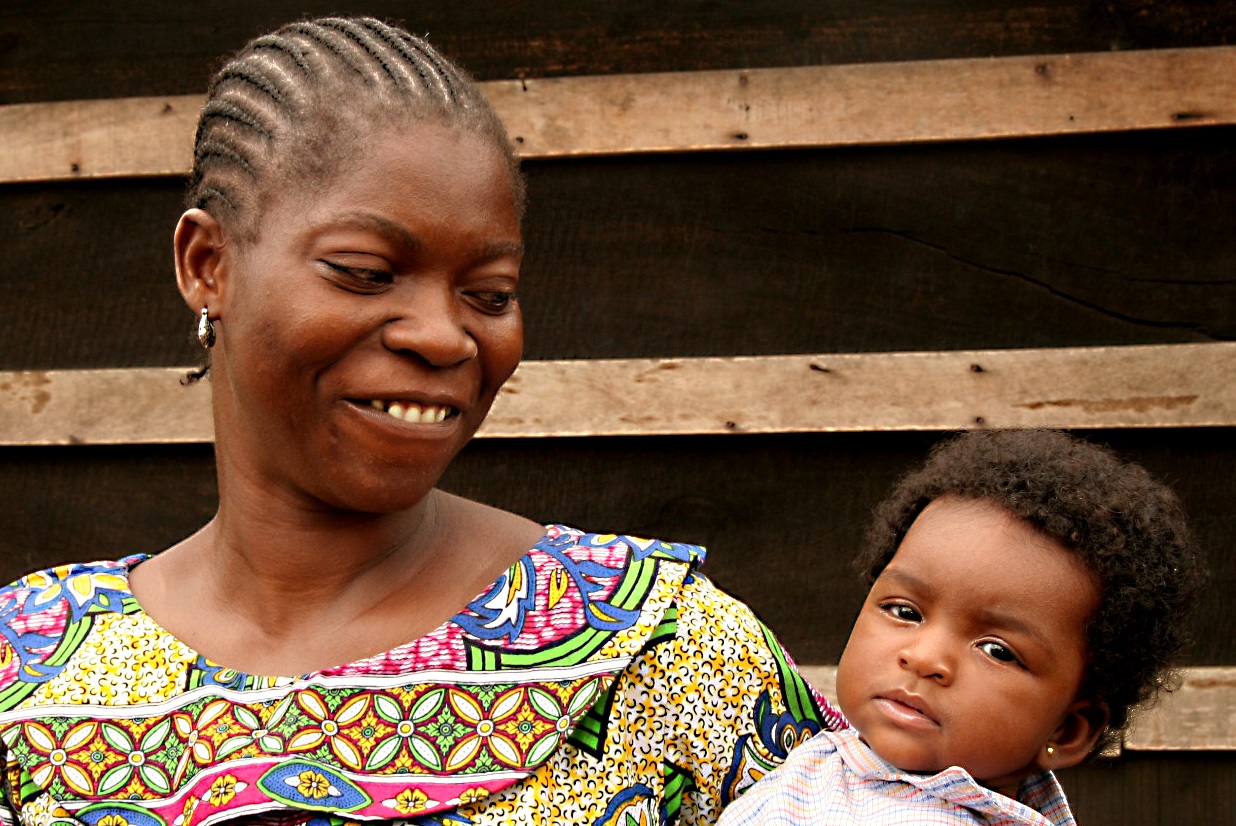
Summary
From 1986 to 2019, more than $372 million in grants supported 592 organizations and 371 individuals through leadership awards.
Our Population and Reproductive Health (PRH) program supported efforts to improve sexual and reproductive health and rights in Brazil, India, Mexico, and Nigeria, alongside global efforts. We also supported individuals and organizations in the population and reproductive health field whose work promoted innovation in policy, programs, and services.
The program’s grantees helped bring about a paradigm shift in the field. In the 1990s, global activism around population and reproductive health brought groundbreaking international policy change, and focused on advancing women’s rights, instead of on population control. Between 1992 and 2000, we supported work to develop, execute, and follow up on commitments from the 1994 Cairo World Conference on Population and Development and the 1995 Beijing World Conference on Women. In this era, women became leaders in the field, advocating for rights and better healthcare. At the same time, the PRH program supported young professionals in Brazil, India, Mexico, and Nigeria, many of whom have gone on to be sexual and reproductive health and rights leaders in their countries and globally.
Starting in 2000, the PRH program narrowed its focus to prioritize maternal mortality and young people’s sexual and reproductive health and rights globally and in India, Mexico, and Nigeria. Grantee partners brought needed attention to the issues, generated new evidence, and helped improve access to quality health care, recognizing and protecting fundamental rights, including abortion rights, and introduced sexuality education curricula in our priority countries. The program also made grants that were not specific to MacArthur’s priority countries to sustain the infrastructure of the broader sexual and reproductive health field; fund research; support global reproductive health and rights efforts; and promote advocacy and accountability.
To capture the history of the Population and Reproductive Health program, MacArthur staff provide a narrative history of how and why the Foundation entered this field, how it chose areas of emphasis, and how its grantmaking strategies evolved over time.
In 2015, the program entered its final exit phase, with the India program focusing on quality maternal health care, Mexico on strengthening and supporting professional midwifery, and Nigeria on supporting the implementation of a new policy that allowed community health workers to deliver maternal and reproductive health care throughout the country. In 2019, the program officially ended.
Reducing Maternal Mortality and Improving Quality of Maternal Health Care
Globally, roughly 295,000 women die each year from complications due to pregnancy and childbirth, or to 157 deaths per 100,000 live births, as of 2017. Most maternal deaths are preventable, given sufficient resources. A target of the United Nations Sustainable Development goals is to reduce maternal mortality to 70 deaths per 100,000 live births by 2030. Since 1990, maternal mortality has dropped by 45 percent—a sign of progress and an indicator that more work remains.
In India, Mexico, and Nigeria, we prioritized context-specific interventions, research, and advocacy to address postpartum hemorrhage, eclampsia, and unsafe abortion as three leading causes of pregnancy-related death. One of the main causes of maternal mortality in India and Nigeria is postpartum hemorrhage, with many women delivering at home with limited access to healthcare facilities. Grantmaking focused on interventions to reduce the risk of postpartum hemorrhage including increasing access to healthcare facilities and lifesaving medication.
In Mexico, maternal death rates are lower than those seen in India and Nigeria, and deaths tend to be concentrated in Indigenous communities and others that do not have good access to quality health care. Therefore, Mexico’s strategy advanced women’s right to decide if, when, how, and with whom to have children and promoted universal access to free, quality reproductive and sexual health care. As grantee organizations worked to advance birth justice—the idea that all women have the right to access good pregnancy and childbirth care—they also advanced abortion rights.
We were one of the early donors that supported work on safe abortion through advocacy, research, and pilot interventions. In Mexico, advocacy work centered on legislation to expand abortion access and decriminalize abortion. Mexico City decriminalized abortion in 2007, and Oaxaca followed twelve years later, in 2019. Our early investments catalyzed a dynamic feminist movement that remains strong today.
Beyond the three priority countries, the PRH program’s global efforts focused on supporting reproductive health advocacy and building knowledge through research, catalyzing interventions to scale in wider contexts, and extending maternal mortality interventions to crisis and conflict settings to help bridge gaps in services available for internally displaced persons and refugee populations.
Starting in 2015, we aimed to accelerate progress of the Indian health system’s transition from an emphasis on creating access to maternal health services to one that improved quality of care. Grantmaking supported efforts to foster quality-of-care by building evidence and supporting advocacy; strengthening the supply of quality maternal health services in the public and private sector; and building demand for quality services by supporting accountability mechanisms.
Beginning in 2015, our reproductive health strategy in Mexico centered on midwifery as a way to improve quality of reproductive health care. The program supported efforts to expand access to professional midwifery training; to deploy midwives by supporting their integration into the health teams and communities; to improve state and federal policy to facilitate licensing, hiring, and integration; and to educate the public, healthcare providers, and other important audiences about midwifery.
In 2014, the Federal Ministry of Health of Nigeria adopted a new policy that set guidelines under which specific tasks could be moved from highly qualified health workers to community health workers requiring less training and fewer qualifications. The new policy was a significant leap forward towards improving access to effective, quality maternal and reproductive health care. The Nigeria PRH program supported initiatives to generate momentum towards full implementation of the policy. Over time, we expect that the expanded role of community health workers will lead to better access to quality maternal and reproductive health services.
Supporting Young People’s Sexual and Reproductive Health and Rights
There are more young people in the world today than ever before. Young people under the age of 25 make up a quarter of the world’s 7.8 billion population. In Sub-Saharan Africa, young people make up more than 60 percent of the population. Too often, their sexual and reproductive health and rights are not guaranteed. According to the Guttmacher Institute, out of 923 million women of reproductive age in low- and middle-income countries, 218 million want to avoid a pregnancy but are not using a modern method of contraception. Unmet need for modern contraception is disproportionately high for adolescents aged 15–19 (43 percent), compared with that among all women aged 15–49 (24 percent).
The focus on young people’s sexual and reproductive health and rights arose from the recognition that it would have long-term effects on their health and well-being and on the future of the planet. We invested in initiatives focused on increasing age at marriage and first birth, testing and scaling sexuality education and youth-friendly services, advocacy with government and key influencers, and select research studies.
We made investments in youth-led organizations advancing young people’s sexual and reproductive health and rights. While there were programmatic variations among the three countries, advancing the implementation of sexuality education and youth-friendly services were priorities. We primarily worked in India, Mexico, and Nigeria with specific objectives of the program to:
- Advocate for and extend the delivery of sexuality education at the state level;
- Develop and test models to mainstream young people’s sexual and reproductive health and rights within a larger framework of health and development; and
- Promote a favorable policy environment for the health and empowerment of young people.
Our support of national networks of young people who advocated for their right to contraception, sexuality education, and participation in policy design contributed to federal and state policies that orient the provision of youth-friendly sexual and reproductive health services.
The India program supported a range of approaches to young people’s sexual and reproductive health, including in- and out-of-school programs aimed to provide life skills education. Despite strong political and societal opposition, grantees continued to advocate for the implementation of in-school, age-appropriate, and culturally acceptable life skills training, which helped keep the door open for incremental efforts by state governments. This contributed to a greater present-day acceptance of state education departments teaching a life skills curriculum with a stronger focus on gender, preventing gender-based violence, and developing negotiation skills. The India PRH program’s investments in primary research on youth in India have subsequently informed policy and program development in the country.
The Mexico portfolio supported initiatives that sought to improve the delivery of sexuality education and youth-friendly reproductive and sexual health counseling and services. Early efforts emphasized building civil society capacity to leverage change in the public health and education sectors. Social mobilization and networking building around young people’s reproductive health were essential to getting young people’s voices and needs heard, and their perspectives into youth-friendly policy. In 2010, the portfolio shifted to highlight and deepen its support for local work to improve young people’s reproductive health in Indigenous communities, with the goal of strengthening groups in Indigenous states and to see more community organizing and impact.
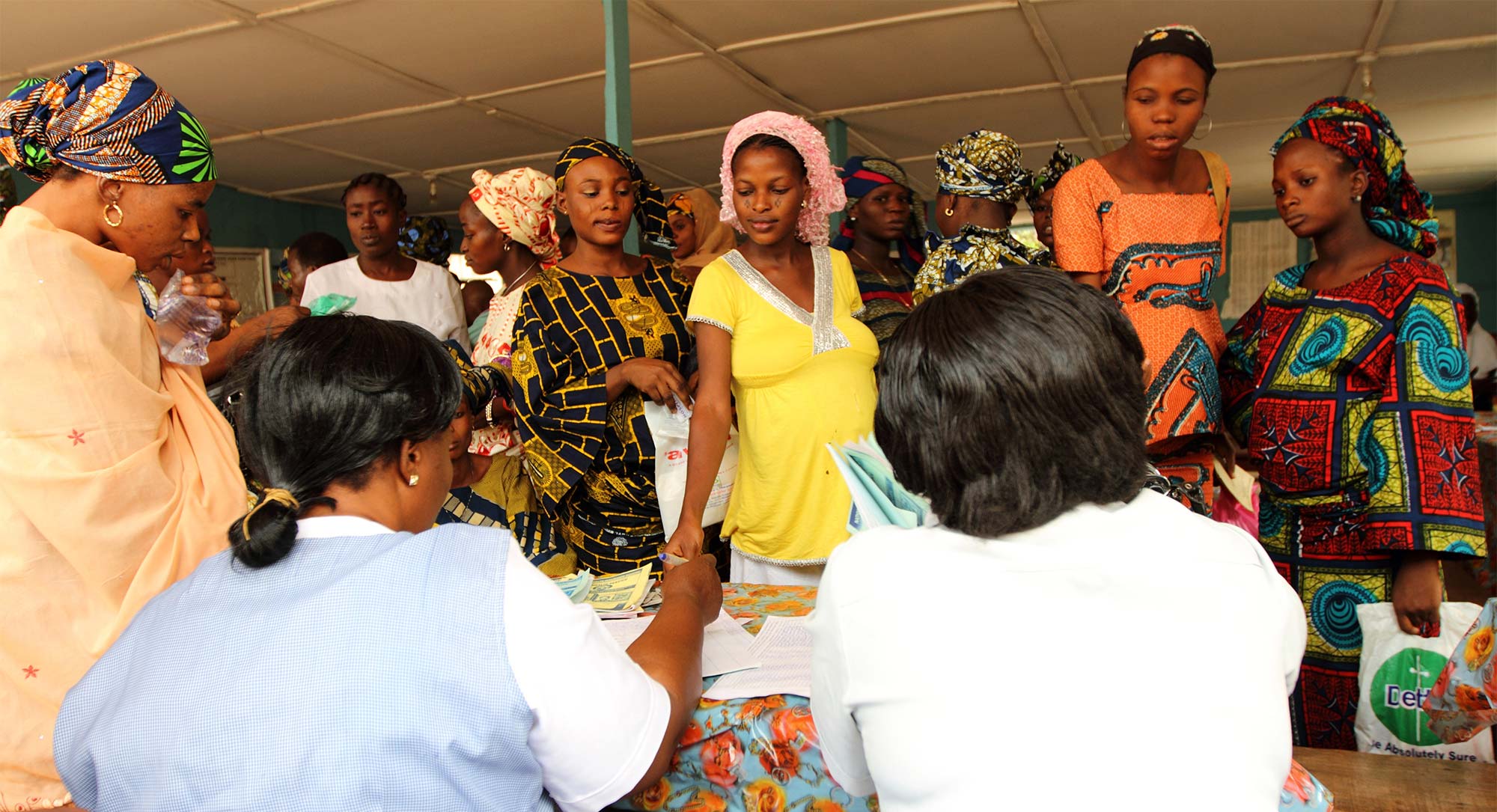
Action Health International education program in Nigeria
In Nigeria, we made school-based sexuality education its main priority. In 2002, the National Council on Education’s made a groundbreaking decision to approve a high-quality curriculum for sexuality education. In response, we shifted our support to adapt and implement that curriculum. In 2007, the Nigeria portfolio evolved its grantmaking to focus on a scale-up strategy, incorporating courses on sexuality education into the curriculum in teacher-training colleges both at the state level and the federal level.
Beyond the priority countries, the International Portfolio funded much-needed research, including a Lancet series on adolescent health and wellbeing and global advocacy.
Our Work's Legacy
Early in the program, work helped seed movements for reproductive and sexual health and education, that contributed to establishing civil society organizations and to lasting change in the field today. National reforms and advocacy improved access to quality care in countries, while international work helped shift norms toward a rights-based paradigm for reproductive healthcare.
In all three focus countries and globally, the focus on young people was critical for organizations to establish dialogues to address the discomfort and stigma attached to these issues. Gains were made in government policy, education programs for adolescents, and sexuality education that included information on sexual and reproductive health, contraceptives, and rights.
In Mexico, India, and Nigeria, our legacy strategies aimed to establish enduring practices, infrastructure, and policy to improve quality of care and build on previous gains. Grantees contributed to a lasting shift in global approaches to population and reproductive healthcare through culture change, infrastructure to increase access, and growing prioritization of quality of reproductive healthcare.
Program Evaluations
Endline Evaluation of Maternal Health and Quality of Care Strategy in India
Midline Evaluation of Maternal Health Quality of Care Strategy in India
Evaluation of the MacArthur Foundation’s Mexico Midwifery Initiative 2015-2018
Evaluation and Learning for the Maternal Health Quality of Care Strategy in India
Evaluation of Maternal Health Accountability in Nigeria
Evaluation of the Fund for Leadership Development Initiative
Grantmaking Highlights
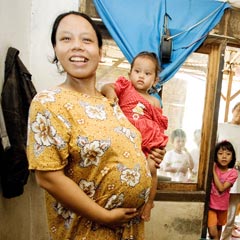
A Paradigm Shift in Population and Reproductive Health
July 24, 2018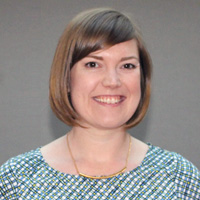
Highlights from Maternal Health Accountability Meetings
November 16, 2017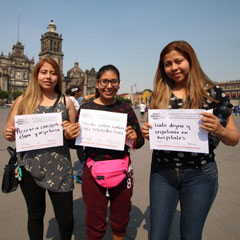
Mexican Women on What They Need for Reproductive Health
November 24, 2020
Strengthening Midwifery in Mexico
January 17, 2019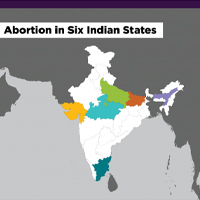
Unintended Pregnancy and Abortion in India
November 28, 2018
Finding What Works to Improve Young People’s Sexual and Reproductive Health
August 23, 2016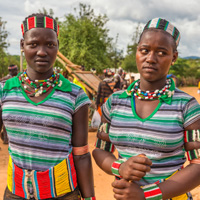
Lancet Commission Focuses on Adolescent Health and Wellbeing
May 17, 2016Nigeria sexuality education paper



